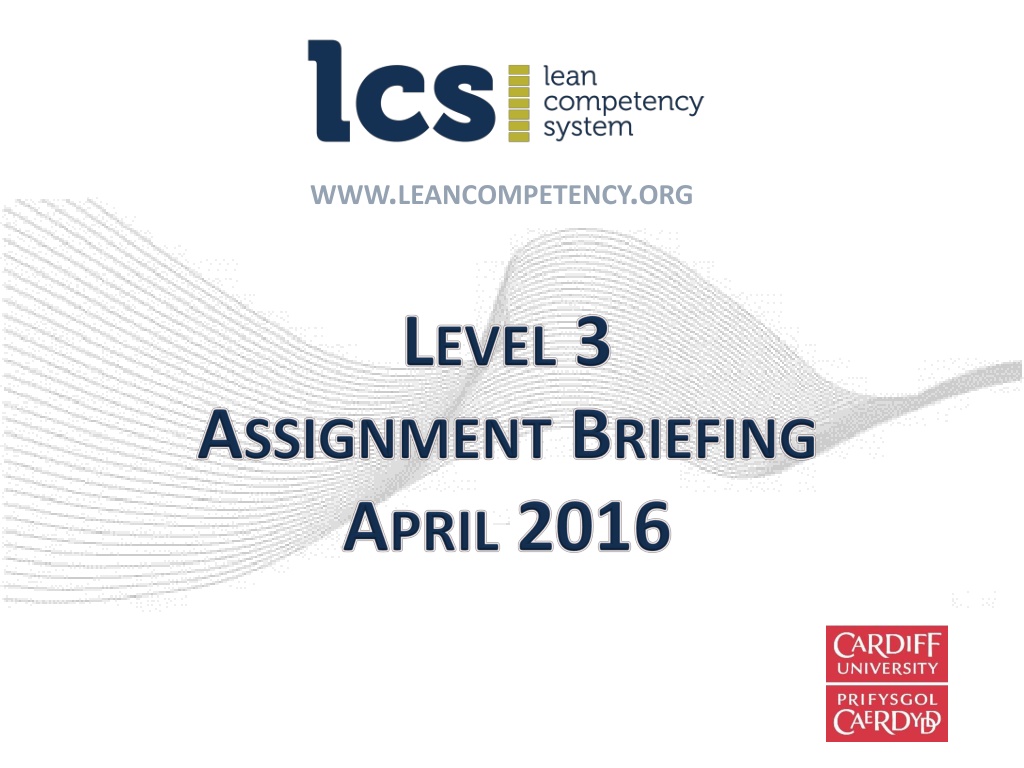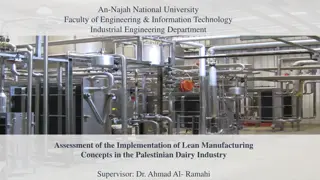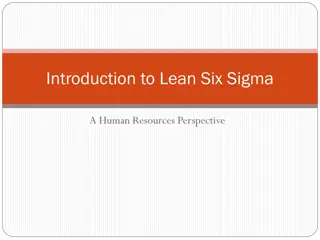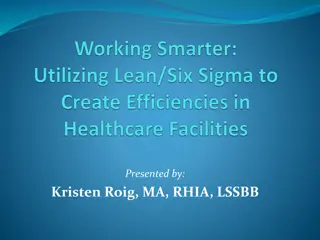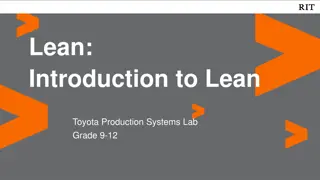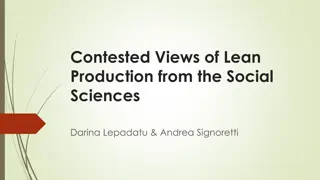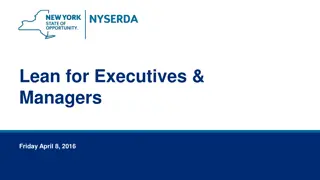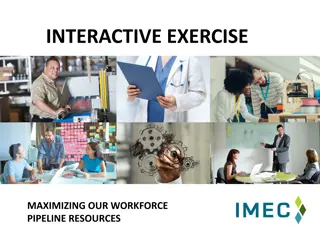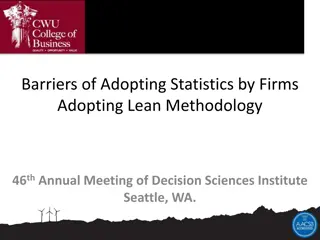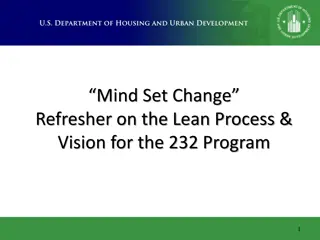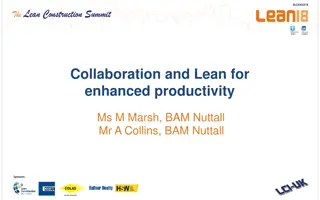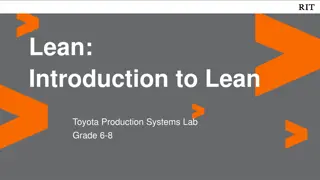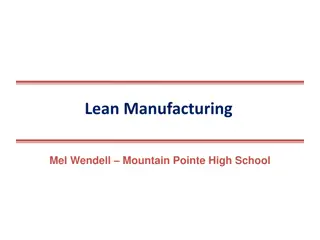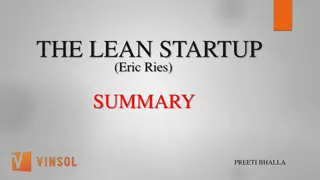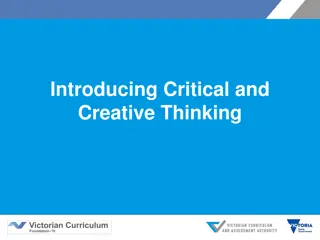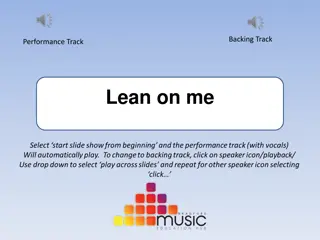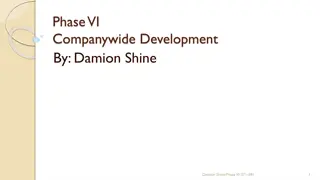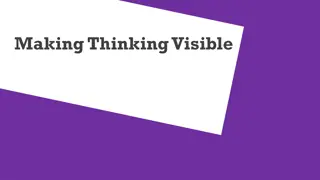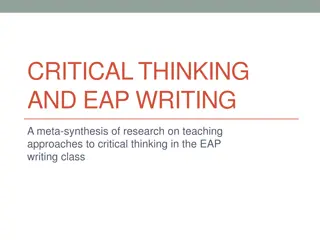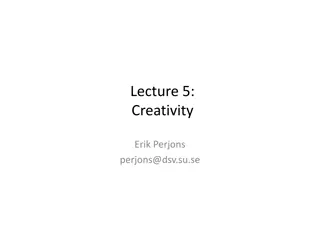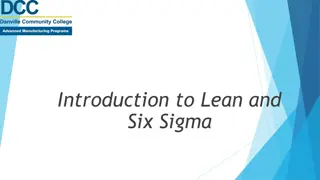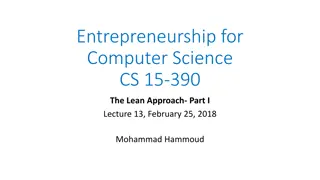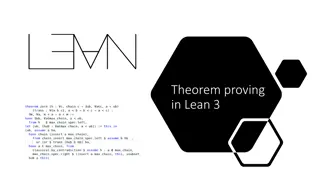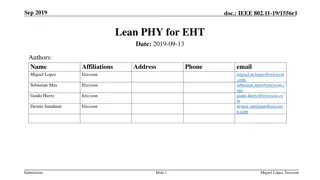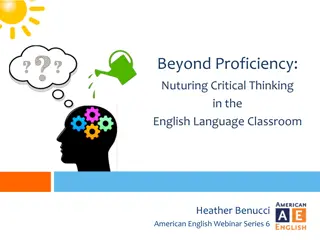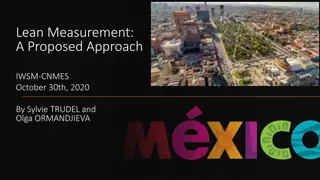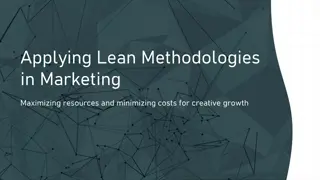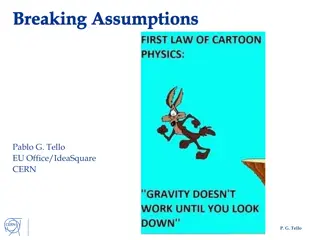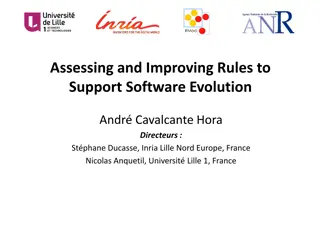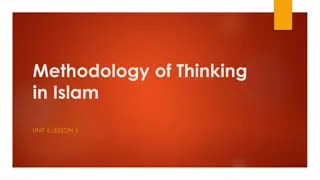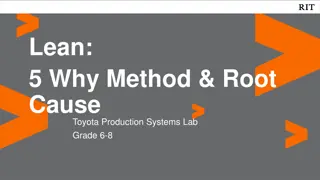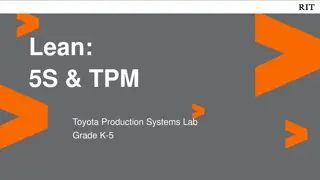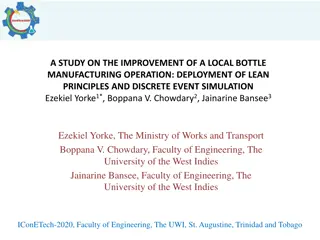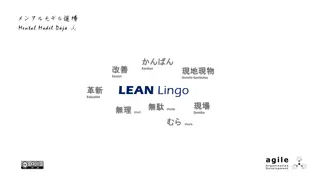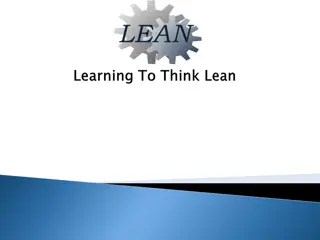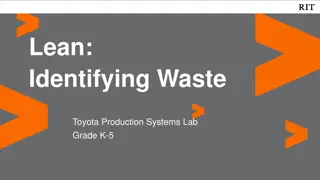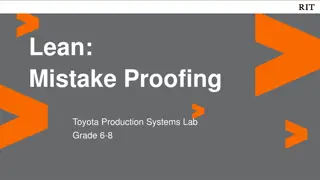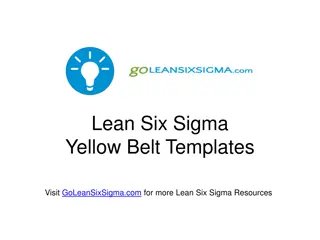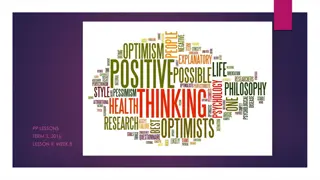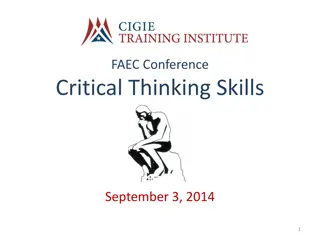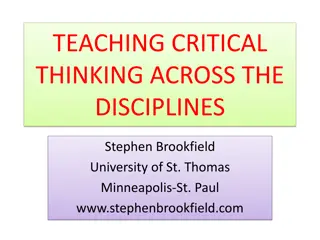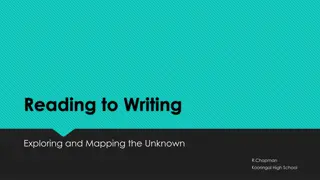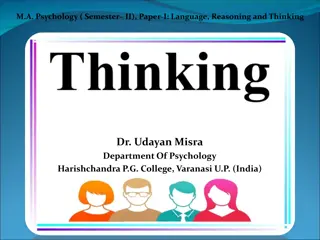Evolution of Lean Thinking and Its Impact on Business Practices
Explore the evolution of lean thinking from its origins to modern-day applications, discussing its impact on business practices. Covering topics such as critical analysis, lean vocabulary, application in services, and lean management and leadership, this comprehensive assessment delves into the depth and maturity of lean knowledge through a 4,000-word written assignment. Gain insights into developing, implementing, and leading lean initiatives, challenging orthodox lean practices, and driving innovation in lean methodologies.
Download Presentation

Please find below an Image/Link to download the presentation.
The content on the website is provided AS IS for your information and personal use only. It may not be sold, licensed, or shared on other websites without obtaining consent from the author. Download presentation by click this link. If you encounter any issues during the download, it is possible that the publisher has removed the file from their server.
E N D
Presentation Transcript
Aim: to formally assess the depth and maturity of lean knowledge of the applicant Method: a 4,000 word written assignment Demonstrate critical analysis & thinking Background reading & research required Guidance provided on approach, format, method etc
Critical thinking is the intellectually disciplined process of actively and skillfully conceptualizing, applying, analysing, synthesising, and/or evaluating information gathered from, or generated by, observation, experience, reflection, reasoning, or communication, as a guide to belief and action. Interpretation Self Regulation Analysis Critical Thinking Explanation Evaluation Inference
Discuss how lean thinking has evolved and developed since it was first popularised in the book The Machine that Changed the World to the present day. Describe your approach to developing, implementing and leading lean initiatives in the light of this development.
How lean emerged into the business vocabulary TPS, W&J, pre-MTCTW thinking -> antecedents, evolution Initial definition , focus and emphasis Eg tool based, shop floor focus, 5 principles , wastes etc How/where it was applied Eg automotive, repetitive manufacturing Growth in different (related) sectors Broadening definition of lean Value centred, capacity creation, growth; contingent definition
Impact of leans application in services Issues and implications arising from the nature of services Growth of lean into public services Drivers, initial experiences (+/-); implications Nature of value & the customer in public services: implications for lean interventions New thinking challenging traditional lean orthodoxy Seddon & systems thinking -> new concepts & implications
Emergence of lean management & lean leadership Definition, explanation Lean iceberg model -> implications Lean business system , human and strategic dimensions Growth of implementation models
The Machine that Changed the World, Womack, Jones & Roos Staying Lean, Hines, Found, Harrison* Lean Toolbox, (4th ed), Bicheno, Chapters 1 to 3, and final chapter Service System Toolbox, Bicheno Lean Thinking, (Womack & Jones) Part 1 in particular Toyota Kata, Mike Rother, Parts I and II The Toyota Way Fieldbook, Liker and Meier, Chapters 1 to 3 David Mann, Creating a Lean Culture, 2nd ed, Chapters 1 and 2 Learning to Evolve (paper), Hines et al* Genealogy of Lean, (paper) Holweg* Freedom from Command & Control, Seddon Systems Thinking in the Public Sector, Seddon *can be supplied as pdf
Analysing the topic or question What s behind the question? Core areas/topics Main area(s) of focus Articles, reports, etc Assignment reading list - books On line material Make notes mind-maps, bulleted lists, post-its etc Reading and noting relevant material Work to a defined structure; identify key sections Rough sketch basic plan extended plan evolving plan (outlining, ordering key points) Drawing up an essay plan Turn notes, bullet points into paragraphs, narrative Reviewing (SE) Writing the essay Ask someone to proof read Read through in one go overall flow, sense check Have a cut off point! Reviewing and redrafting
Analyse the question Make a rough outline plan (draft contents page) Use plan to guide research & reading Undertake research & reading Review, revise and refine the plan Write first draft Edit draft for structure and content Edit draft for style Check referencing 1. 2. 3. 4. 5. 6. 7. 8. 9. 10. Proof read for spelling/punctuation 11. Produce final copy
Send to SE for comment & review: Outline plan/contents page Theme, focus Specific draft sections Complete draft Also, queries on any aspect. Group review sessions (web option) July review session
Clear introduction: outline the task and whats about to come Logical structure & organisation: flow Analysis backed with facts Contains original thinking, critical thinking, critical reflection Balanced appropriate amount on each key area Not opinionated
Language: written in third person Succinct minimal padding Conclusion is a logical consequence of what has gone before Referencing: acknowledge sources of information Keeps to word count
Web page resources to be updated Downloads, reference etc LCS Guide to Writing Assignment Google how to write an assignment !
